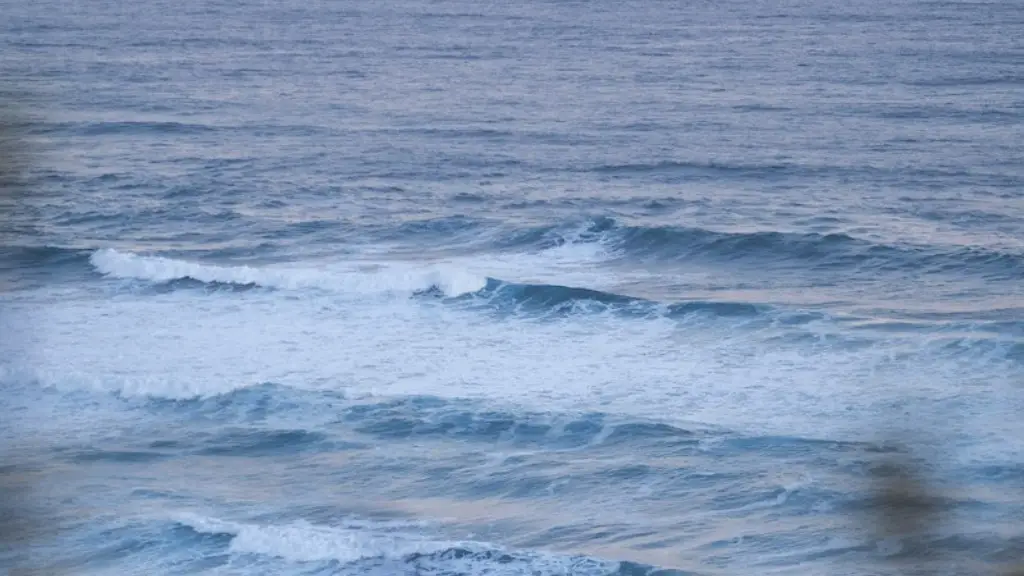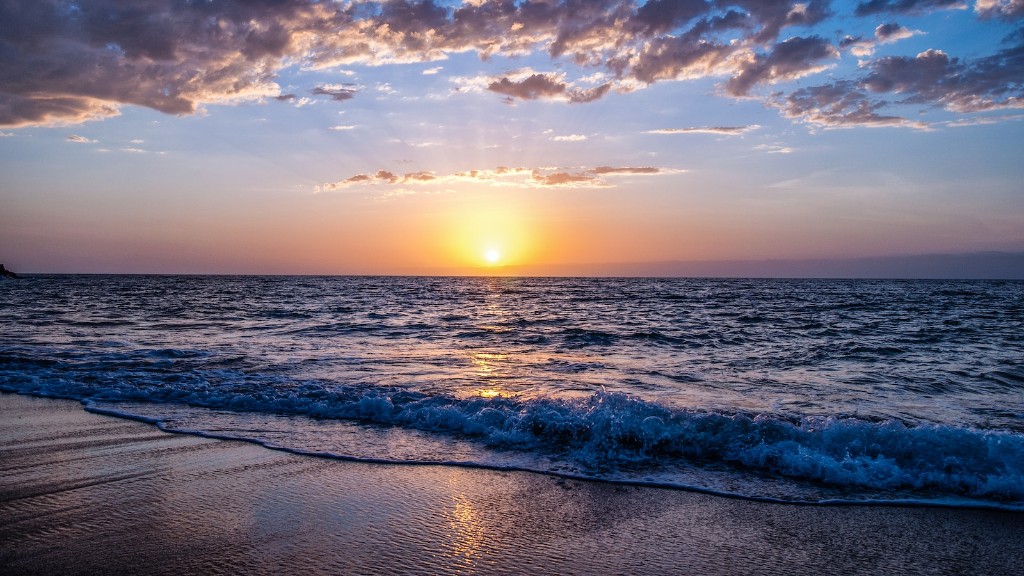Back Story
The South China Sea is a vast expanse of water located between the Philippines, Mainland China, Vietnam, Malaysia, and Taiwan. Over the last few years, tensions between the countries in this region have been escalating. Though disagreements between the countries in this region are nothing new, the diplomatic, economic, legal and military issues have become increasingly complex as each nation jockey for power and influence.
The most pressing point of contention is the status of various disputed island groups including the Spratly and Paracel Islands. Generally speaking, these territories are claimed by multiple nations, creating a delicate international situation. In addition to the potential for disagreement, the South China Sea is one of the busiest shipping routes in the world. This creates a situation in which any disruption could have a major economic impact, not only in the region but also throughout the world.
Arguments Over Sovereignty
The most heated dispute in the South China Sea is over which country or countries have the legal and legitimate right to claim the various island groups. China and Vietnam have staked a claim to the Paracel Islands for centuries, with China basing their claim on historical evidence. However, due to its proximity to Malaysia, the Philippines, and Brunei, the Paracels also fall within each country’s Exclusive Economic Zone. This is a situation which complicates the debate and calls into question the legitimacy of each party’s claim.
The Spratly Islands are an even more complicated debate. With some 200 islets, shoals, and other islands located in the Spratly region, the islands are claimed by Brunei, Taiwan, the Philippines, Malaysia, China, and Vietnam. Because no single nation can firmly establish their legal claim to the region, tensions between the countries remain high.
The Situation On the Islands
The South China Sea dispute is further complicated by the fact that the islands are being used by all countries involved as a base for military activity. This, coupled with the potential for oil reserves and other mineral resources, gives each country a strong motivation to fortify their claim to the region.
The Chinese have taken the most aggressive approach and, in recent years, have built numerous artificial islands in the South China Sea. According to satellite imagery, these islands are now capable of hosting military aircraft and have helipads and communication infrastructure, in addition to large sea walls and ports.
Though other countries have also beefed up their presence in the South China Sea, the Chinese have already significantly altered the landscape of the region. They have built several outposts on the various islands which effectively bolster China’s exclusive claim to the region.
Consequences of Tensions
The increased military activity in the South China Sea has resulted in a heightened sense of regional insecurity. This has in turn led to a number of regional arms and security agreements and an increase in military expenditures in the countries involved.
In addition, the heightened diplomatic pressures have resulted in a number of lawsuits filed at the International Court of Justice. Several of these cases have involved China’s claim to the islands, including suits filed by the Philippines and Vietnam, with the cases still pending.
Economic Impact
The rising tensions in the South China Sea have also had a significant impact on the economic activity in the region. Fishing, shipping, tourism, and other activities are all impacted by the diplomatic, economic, legal and military issues pertaining to the dispute. This, coupled with the potential for a military conflict, has made the South China Sea the site of numerous economic disputes.
For instance, in recent years, there have been several incidents involving Chinese vessels harassing fishing boats and other ships from other countries in the region. These incidents have resulted in diplomatic scuffles and economic sanctions, with each side attempting to gain an advantage over the other.
Role of the US and Other Nations
The United States has been closely monitoring the situation in the South China Sea and has occasionally taken steps to de-escalate the tensions. Recently, the Biden administration has announced plans to conduct more maritime security operations in the region, in an attempt to assert their interest and encourage the parties involved to find a peaceful solution.
In addition to the United States, other countries, such as Japan, Australia and India, have also become engaged in the South China Sea debate. These countries, while not having any direct claims to any of the islands in the region, are concerned with the potential for a regional destabilization that could affect their own economic interests.
Potential Solutions
Given the complexity of the situation, most experts agree that a diplomatic solution is the only way to find a lasting resolution. The various countries involved in the dispute have been encouraged to seek a negotiated solution through the process of international arbitration, or bilateral agreements.
In addition, international organizations such as the Association of Southeast Asian Nations, or ASEAN, have been holding talks in order to find a resolution to the issues in the region. The group has made some progress in recent years, but many of the tensions between the countries remain unresolved.
The Role of the International Community
The international community has also seen an increased role in the South China Sea debate. Countries such as the United States, Australia, Japan, and the European Union have all called for a peaceful resolution to the situation through means such as joint development projects or multilateral agreements.
Though these efforts have not produced results as yet, the international community has generally supported international law in the region. However, many argue that the current situation could be further complicated by the lack of enforcement mechanisms in the South China Sea.
The Way Forward
Though the South China Sea dispute seems intractable, there is still hope that a resolution can be found. The countries involved must seek to find a way to work together, in an atmosphere of mutual respect, in order to find a way forward.
This could involve a mix of diplomatic, economic, and legal measures, designed to ensure regional security and stability. In the interim, the countries should avoid any actions that might escalate the tensions in the region.
Impact on Regional Fisheries
The South China Sea dispute has resulted in significant environmental damage, particularly to the regional fisheries. The increased military activity and construction of artificial islands are seen as a major threat to the delicate marine ecosystems of the region.
In addition, the presence of other countries in the region may be forcing local fishermen to operate further away from their traditional fishing grounds, resulting in a decrease in fish supplies. This, in turn, has resulted in economic hardship for many local communities.
The Impact on Tourism
The South China Sea dispute has also had a negative impact on the tourism industry in the region. With tensions between the countries involved escalating and the potential for armed conflict at any moment, many visitors are choosing to avoid the region entirely.
This has had a severe impact on the tourism sector, with countries such as the Philippines, Malaysia, and Vietnam suffering a significant drop in visitors. The economic losses resulting from the decrease in visitors is immense, as tourism is one of the key economic drivers in the area.
The Long-term Outlook
Given the complex nature of the South China Sea dispute, it is difficult to predict how the situation will develop in the coming years. However, it is clear that all the countries involved must work together to find a viable, peaceful solution in order to avoid further escalation of tensions and potential conflict.
Whether this will be possible, however, remains to be seen. In the meantime, the situation in the South China Sea continues to remain contentious and unstable, with no clear path forward.



